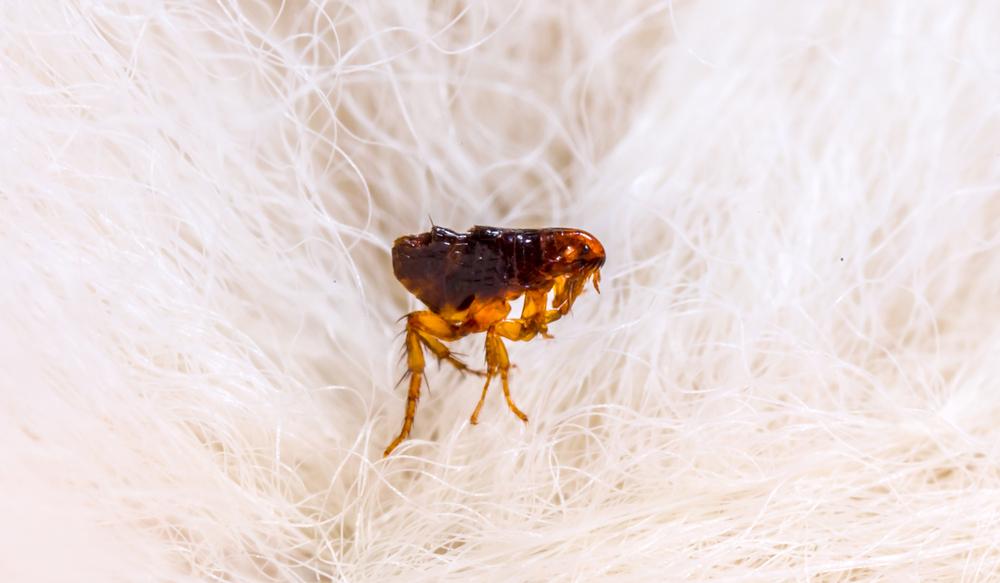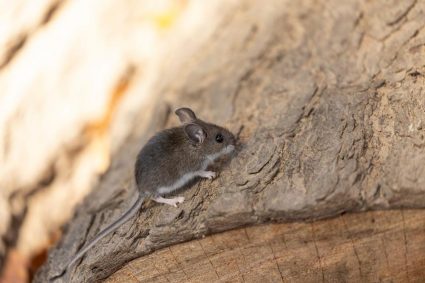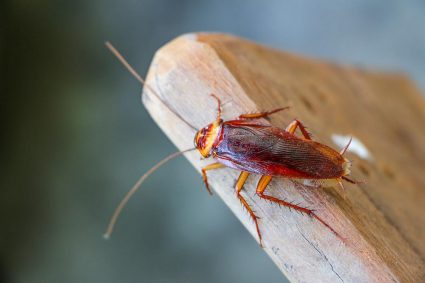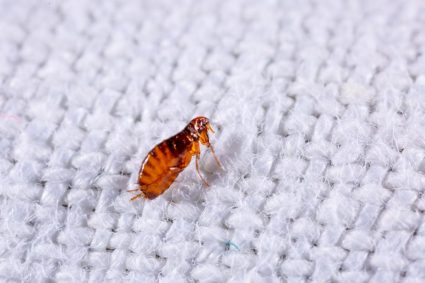
Fleas are pesky, tiny invaders that can make life miserable for pets and their owners. Understanding how fleas breed is crucial to preventing and controlling an infestation. In this article, we will delve into the fascinating, albeit troublesome, reproductive cycle of fleas and provide practical tips to combat these unwelcome guests.
Fleas breed through a process known as complete metamorphosis, which includes four stages: egg, larva, pupa, and adult. After feeding on a host’s blood, adult fleas mate and the female lays eggs in the host’s fur. These eggs hatch into larvae that feed on flea feces and blood, then spin cocoons to become pupae. Adult fleas emerge from the cocoons when a host is detected, feed on the host, mate, and lay eggs to start the cycle again.
The Flea Life Cycle: From Egg to Adult
Fleas breed through a process known as complete metamorphosis, which consists of four distinct stages: egg, larva, pupa, and adult.
Stage 1: Egg
After finding a host and feasting on a blood meal, adult fleas mate and the female starts laying eggs in the fur and surroundings of the host. A female flea can lay up to 50 eggs per day, and under ideal conditions, a single flea could lay around 2,000 eggs in her lifetime. Flea eggs typically hatch within one to twelve days, depending on environmental conditions such as temperature and humidity.
Stage 2: Larva
Once hatched, the larvae feed on blood and flea feces (also known as “flea dirt”) to continue their development. This larval stage lasts 5 to 11 days, and it’s a time of vulnerability in the flea’s life cycle.
Stage 3: Pupa
After feeding for up to 20 days, the larvae spin a cocoon and enter the pupa stage. The cocoon protects the pupa from environmental conditions and insecticides/repellents for several days or weeks until adult fleas are ready to emerge.
Stage 4: Adult
Adult fleas will not emerge from the cocoon until there is a clear presence of a host. Once emerged, adult fleas need to begin feeding from a host within a few hours. Shortly after their first meal, adult fleas will breed and begin laying eggs within a few days, thus starting the life cycle again.
Signs of a Flea Infestation
Recognizing a flea infestation early can save you and your pets a lot of discomfort. Some common signs include:
- Excessive scratching, biting, or chewing by pets.
- Red, irritated skin or hair loss in pets.
- Flea dirt in pets’ fur or on surfaces where pets frequently rest.
- Flea bites on humans, particularly around the ankles.
- Visible fleas hopping on furniture, curtains, or carpets.
How to Prevent and Control Flea Breeding
Preventing and controlling flea breeding requires a multi-faceted approach:
- Maintain good sanitation: Regularly clean areas where fleas breed, such as carpets and pet bedding.
- Treat your pets: Use flea combs, shampoos, and medications to keep your pets free from fleas.
- Use natural flea repellents: Essential oils like geraniol and citrus peel extracts can deter fleas.
- Apply insect growth regulators and adulticides: These chemicals can prevent flea eggs from hatching and kill larvae or early pupae.
- Treat your home and yard: Use flea sprays, foggers, or powders to kill fleas and inhibit their growth indoors and outdoors.
- Monitor and follow up: Regularly check your pets and home for signs of flea infestations and maintain a preventive treatment regimen.
Flea Treatments for Pets
There are various flea treatments for pets, including topical treatments, oral medications, flea collars, and shampoos. Some of the most popular treatments include Frontline® Flea Spray, Seresto™ Flea and Tick Collar, Revolution Plus for Cats, and Bravecto. Always consult with your veterinarian to determine the best flea treatment for your pet.
In conclusion, understanding the breeding cycle of fleas and knowing how to prevent and control flea infestations can help keep your pets and home flea-free. Remember, prevention is always better than cure when it comes to dealing with fleas.
Frequently Asked Questions
Can fleas live on humans?
No, while fleas can bite humans, they cannot live on humans. They prefer to live on furry animals like cats and dogs where they can hide and breed.
Can fleas survive in cold weather?
Yes, fleas can survive in cold weather. However, they prefer warm, humid environments. In cold weather, they may go into a dormant state until conditions are more favorable.
What are some natural ways to prevent fleas?
Natural ways to prevent fleas include using essential oils such as geraniol and citrus peel extracts, regularly cleaning your home and pet’s bedding, and maintaining good hygiene for your pets.
Can fleas transmit diseases?
Yes, fleas can transmit diseases. They are known carriers of various diseases such as bubonic plague, murine typhus, and tapeworms.
How long does it take to get rid of fleas?
It can take several weeks to completely get rid of fleas due to their life cycle. Adult fleas must be killed, and eggs, larvae, and pupae must be eliminated to prevent a new generation of fleas from emerging. Regular and thorough treatment is necessary to ensure all fleas are eradicated.











